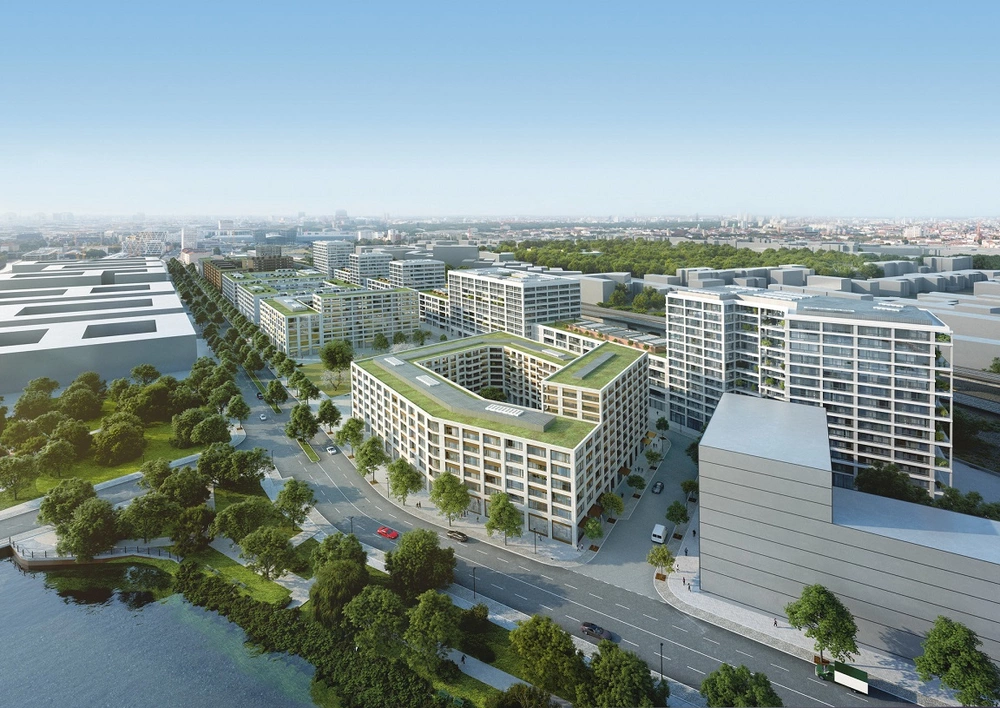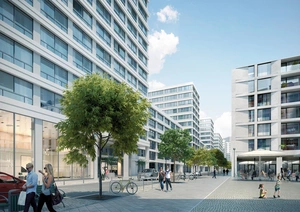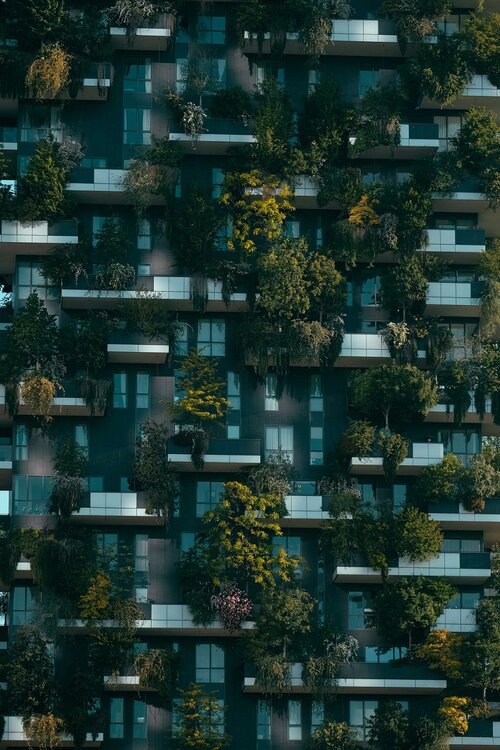Multiple use and convertibility
Flexible concepts, adaptability and sharing models will extend the range of possibilities for innovative digital businessmodels.
Mixed use and multiple use buildings will become even more important. This type of building brings together different functions and areas of life under one roof. Even whole districts, towns and cities can benefit from this multiple use principle.
Extreme situations and pandemics clearly show us how dramatically the usage requirements and possibilities can change – sometimes very quickly. Buildings which are con ceptually and structurally optimized for such exceptional situations can thus have a positive competitive edge.
In 2030, we will have created buildings which completely concentrate on their users and adapt to their situations.
Home is where your software is: although users change and become ever more mobile, they always take their individual software with them. This will enable the building to adapt to individual users and to cater for the different needs of the users. The building will increasingly become mobile. Instead of focusing on static buildings, we will concentrate more on the specific users in 2030.
Moreover, sharing is caring! In 2030, the sharing economy will have fully permeated the real estate industry. Residents will become users: the main focus will not be on permanent ownership but on a dynamic suitability for use. The user will want service and the benefits of use instead of ownership of a specific product. This development will unlock the potential for a number of sharing concepts and for innovative digital business models with exponential scalability.
HEIDESTRASSE DISTRICT


A whole new urban district is arising in the Europacity, in the heart of Berlin. Drees and Sommer’s contribution includes support for the largest coherent section of the project – the Heidestrasse district. The underlying statistics are impressive in their own right: about 175,000 square meters of gross external area will be available for industrial and retail premises along Heidestrasse. Added to which, there will be almost 1,000 residential apartments.
Apart from numerous other innovative topics, the Heidestrasse district also makes use of sharing concepts. Thomas Bergander, the manager of Taurecon Real Estate Consulting GmbH, com ments: ‘By using intelligent technology and systematic network ing of all buildings, we will make it more attractive, charming and easy for all who live and work in them. This digital service system includes topics such as emobility and sharing models, and even a ‘bring and take station’, and an intelligent car park guidance system.’
A central element will be a district app – and car sharing com panies will be able to integrate their services into the app. It will also contain other services offered by the district. A parking space management system will be organized via the app. It will take the location, parking time and other criteria into account and guide the user to the appropriate parking space. An automatic driverless ebus will provide a shuttle service over the full length of the neighborhood.
10 Futurtheses for the construction and real estate sector
Contact
Are you interested in discussing the future of the real estate sector with us?


